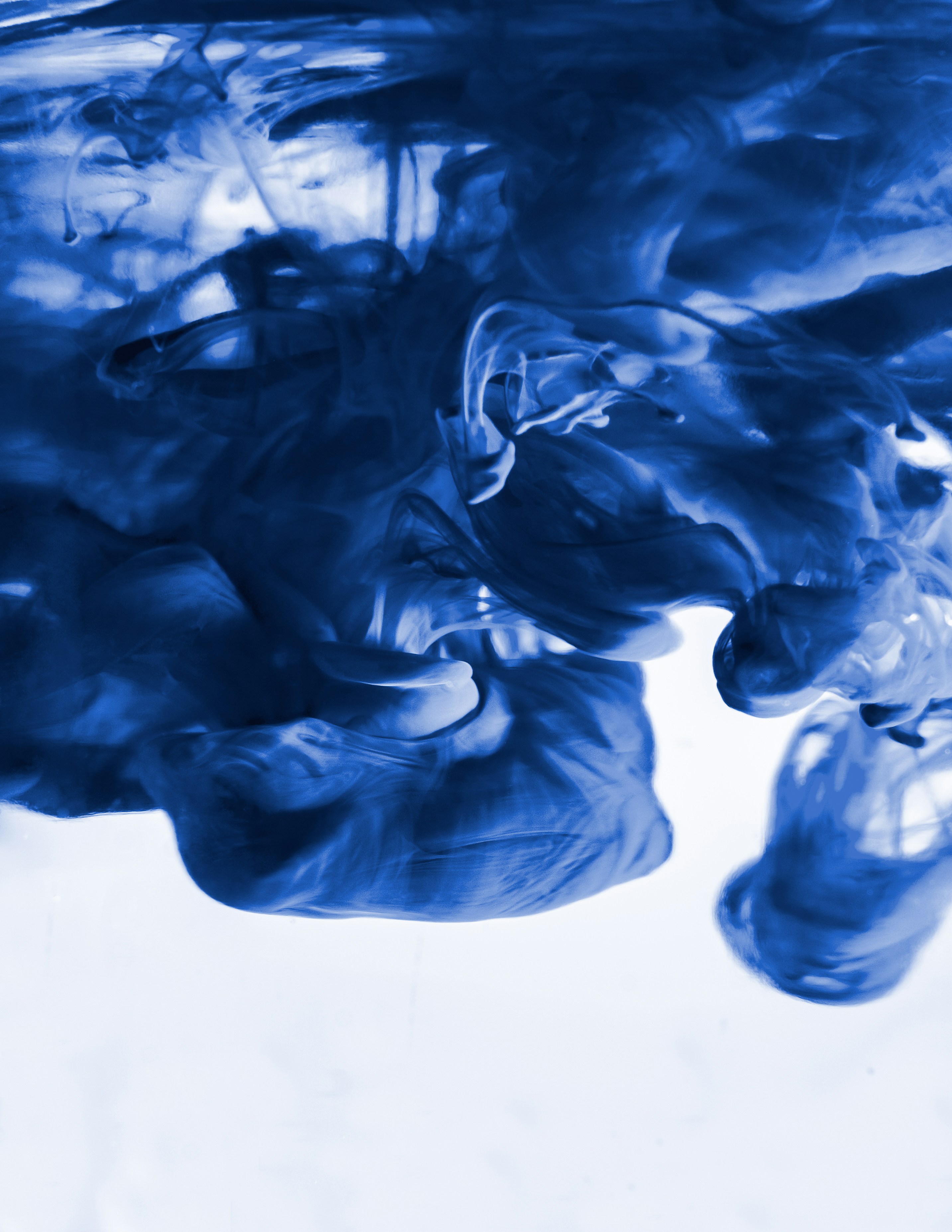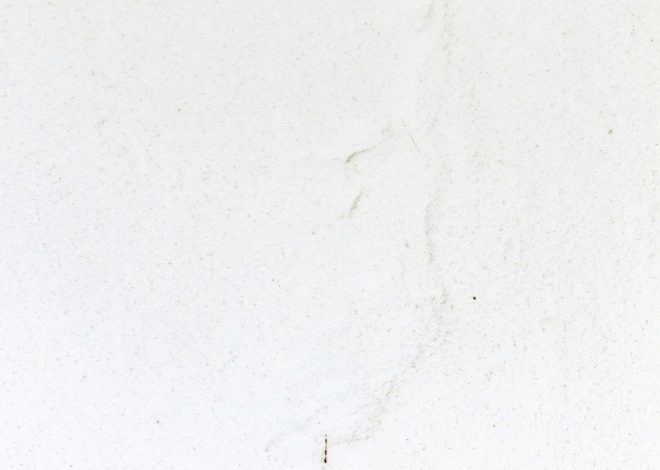
How Does Ink DTF Differ from Other Types of Printing Ink?
Introduction to Ink DTF (Direct-to-Film)
In the ever-evolving world of printing, new technologies and techniques continuously reshape how we create vibrant designs. One innovative method that has gained considerable popularity is Ink DTF (Direct-to-Film) printing. This revolutionary approach offers a fresh perspective on transferring images to various surfaces, particularly textiles. But what exactly sets Ink DTF apart from traditional printing methods?
As businesses and creators seek ways to enhance their offerings, understanding these differences becomes crucial. Join us as we delve into the world of Ink DTF, exploring its unique characteristics compared to conventional screen printing ink and uncovering the advantages it brings to artists, designers, and entrepreneurs alike. From durability to applications in customized merchandise, this exploration promises valuable insights for anyone interested in modern printing solutions!
Comparison to Traditional Screen Printing Ink
Traditional screen printing ink relies on a time-consuming process that requires stencils and multiple screens for different colors. This method can limit design complexity, making it challenging to achieve intricate patterns or gradients.
In contrast, ink DTF uses a film transfer technique, allowing for full-color prints with rich detail. The flexibility ink dtf of this approach means you can easily create vibrant designs without the constraints faced in traditional methods.
Materials also differ significantly. Screen printing often uses plastisol inks that need heat curing. Ink DTF utilizes water-based inks, which are more eco-friendly and easier to work with.
Moreover, while screen printing is ideal for bulk orders due to setup costs, ink DTF shines in small runs or even single pieces, providing versatility without sacrificing quality.
A. Differences in Materials Used
Ink DTF stands out primarily due to the materials utilized in its formulation. Unlike traditional screen printing inks, which often rely on thicker bases and solvents, ink DTF employs a specially designed water-based composition. This allows for vibrant color reproduction while remaining eco-friendly.
The transfer films used in this process are also distinct. They have a unique coating that ensures optimal adhesion between the ink and fabric once heat is applied.
In contrast, screen printing typically uses plastisol inks or other heavy substances that can feel cumbersome on garments. The lighter texture of Ink DTF results in softer prints that maintain the original feel of the fabric.
These material differences contribute not only to aesthetic quality but also to functionality during application and wear over time.
B. Differences in Printing Process
The printing process for ink DTF (Direct-to-Film) is quite distinct from traditional methods. Ink DTF involves printing designs onto a special film using specialized inks. This film is then transferred to the fabric with heat and pressure.
In contrast, screen printing requires creating multiple screens for each color in a design. Each screen must be lined up precisely, which can complicate the production of intricate or multi-colored graphics.
With ink DTF, there’s no need for extensive setup time. You can print detailed images in one go without worrying about registration issues that often plague screen printers.
Furthermore, the versatility of ink DTF allows it to work on various materials beyond textiles—think plastics and metals too! The flexibility in application sets it apart in today’s diverse market.
Advantages of Ink DTF

Ink DTF offers remarkable durability. Prints made with this technology withstand frequent washing and everyday wear. Colors remain vibrant, ensuring designs look fresh over time.
Cost-effectiveness is another significant advantage. Unlike traditional printing methods that require multiple screens for different colors, ink DTF simplifies the process. It allows for full-color prints without the need for extensive setup costs.
This method also speeds up production times. Since it can print complex designs in one go, businesses can fulfill orders more quickly than ever before.
Furthermore, Ink DTF works on a variety of materials beyond just fabric. This versatility opens doors to numerous creative possibilities for custom projects or merchandise lines.
These benefits make ink DTF an appealing choice for both small businesses and established brands seeking quality without breaking the bank.
A. Durability and Longevity of Prints
When it comes to durability, ink DTF stands out as a top contender. The prints produced using this technology are designed to withstand the test of time.
Unlike traditional methods, ink DTF incorporates special inks that bond effectively with various fabrics. This results in vibrant colors that resist fading even after multiple washes.
Moreover, the flexibility of these prints allows them to retain their quality under different conditions. Whether it’s exposure to sunlight or frequent wear and tear, ink DTF maintains its integrity better than many alternatives.
Customers appreciate how long-lasting and resilient these prints can be. This durability not only enhances appearance but also provides great value for money over time.
B. Cost-Effectiveness
When it comes to cost-effectiveness, ink DTF stands out in the printing industry. The process requires fewer materials compared to traditional methods, which can significantly reduce expenses.
Setting up for a print run is simpler and faster with DTF technology. This translates into lower labor costs because less time is spent on preparation and cleanup.
Additionally, the versatility of ink DTF allows businesses to handle small batches without incurring hefty fees. You can easily pivot from producing one design to another without financial strain.
Another factor is waste reduction. Since you’re using film that directly transfers designs onto fabric, there’s minimal leftover material. This efficiency not only saves money but also makes it an environmentally friendly option.
With all these advantages combined, companies can enjoy high-quality prints while keeping their budgets intact.
Applications of Ink DTF

Ink DTF shines brightly in the realm of apparel and textile printing. It allows for vibrant, high-quality designs on various fabrics. Whether it’s t-shirts, hoodies, or bags, Ink DTF provides a versatile solution that caters to diverse styles and preferences.
Customized products have also seen a boost from Ink DTF technology. dtf ink manufacturer Businesses can create unique merchandise tailored to individual tastes. From promotional items to personalized gifts, this method opens up endless possibilities.
Moreover, small-scale entrepreneurs benefit significantly from Ink DTF applications. The low setup costs enable them to produce limited runs without breaking the bank. As demand grows for customized goods, Ink DTF stands ready as an efficient choice for creators looking to make their mark in the industry.
A. Apparel and Textile Printing
Apparel and textile printing has evolved significantly with the introduction of ink DTF technology. This method allows for vibrant colors and intricate designs that traditional techniques often struggle to replicate.
With ink DTF, designs are printed onto a special film before being transferred onto garments. This process ensures a high level of detail in every print. Complex graphics, gradients, and fine lines can be achieved easily.
Moreover, this technique is suitable for various fabrics including cotton, polyester, and blends. It’s not just limited to t-shirts; you can use it on hoodies, bags, and even shoes.
The versatility of ink DTF means that businesses can cater to diverse customer needs without compromising quality or design integrity. As trends continue changing rapidly in the fashion industry, having such adaptable printing methods provides a competitive edge.
B. Customized Products and Merchandise
Customized products are gaining immense popularity. Ink DTF excels in this arena, making it easier to create unique merchandise that stands out.
With ink DTF, designers can print intricate graphics and vibrant colors onto various materials. This opens up endless possibilities for personalized items. Whether it’s custom t-shirts, tote bags, or even home décor, the results are impressive.
The flexibility of this printing method allows for short runs and one-off designs without sacrificing quality. Small businesses thrive on the ability to offer personalized products that resonate with customers.
Moreover, the application process is straightforward. Transfers can be printed quickly and applied efficiently using a heat press. This not only saves time but also ensures consistency across multiple pieces.
Consumers appreciate unique items tailored just for them. Ink DTF provides an effective way to tap into this growing demand for customized merchandise while maintaining high standards of durability and aesthetic appeal.
Limitations of Ink DTF
While Ink DTF offers numerous advantages, it’s essential to acknowledge its limitations.
One of the key drawbacks is that the initial setup can be more complicated than traditional printing methods. The equipment required for Ink DTF, such as printers and heat presses, can represent a significant upfront investment. This may deter small businesses or hobbyists from diving into this technology.
Additionally, while Ink DTF provides vibrant colors and excellent detail, not all fabrics are suitable for this type of printing. Some materials may not adhere well to the film or could react negatively with the inks used in the process. Testing on various fabrics is crucial before committing to large production runs.
Another limitation lies in potential issues with print quality over time. Although prints are durable, excessive washing or exposure to harsh conditions might affect their longevity compared to other printing methods like screen printing.
While cost-effective in many scenarios, there are instances where bulk orders using traditional techniques could be cheaper per unit when dealing with very high volumes.
Understanding these limitations helps businesses make informed decisions about which method will best suit their needs. Weighing both benefits and restrictions ensures that you choose a printing technique tailored for your projects effectively.


